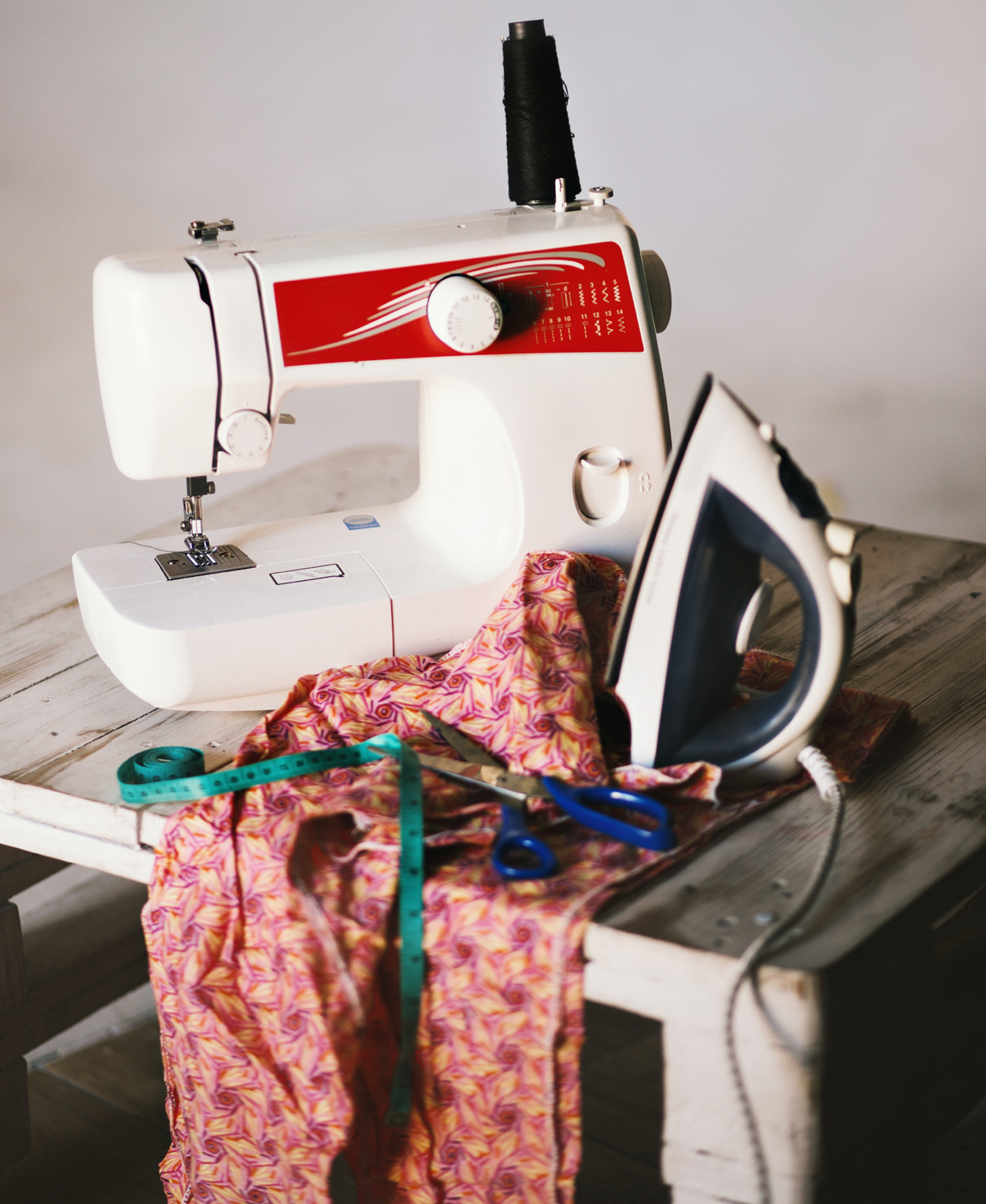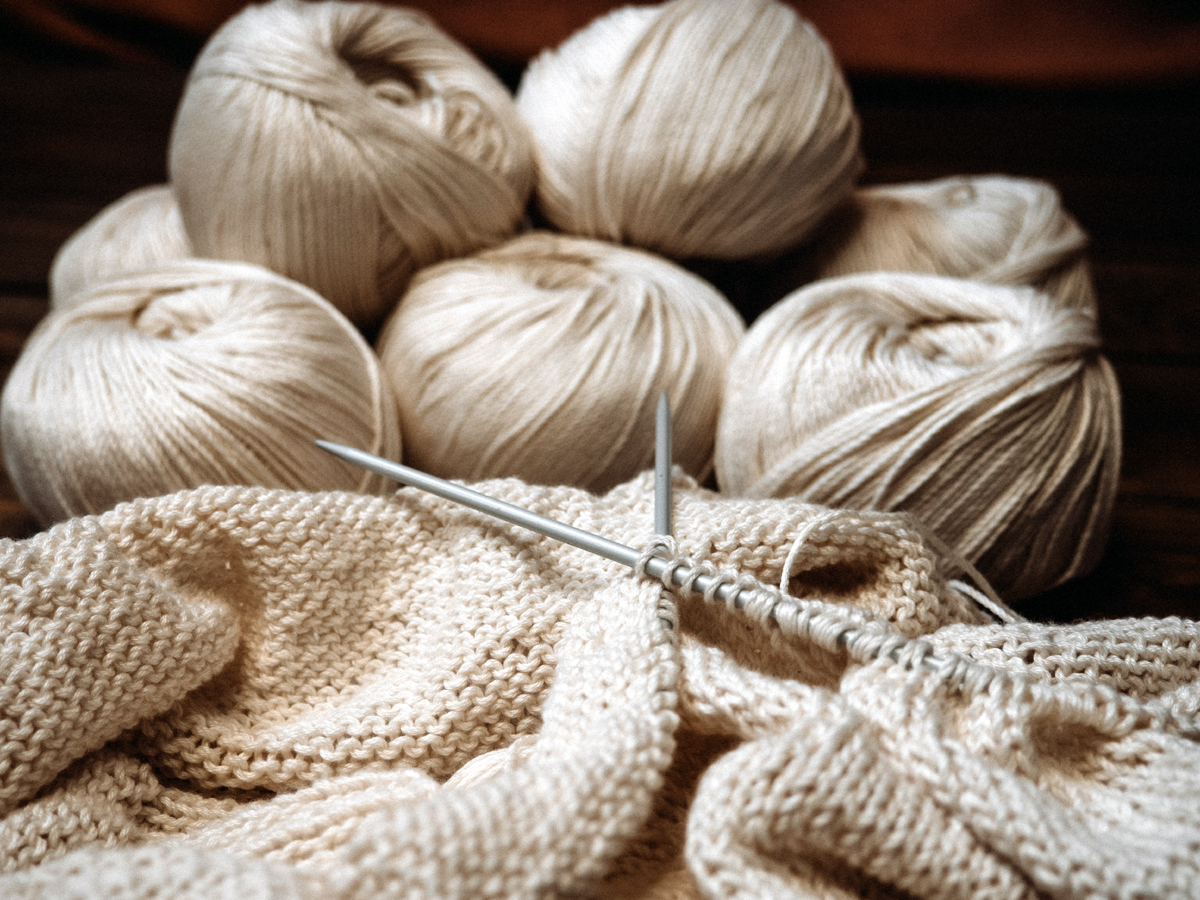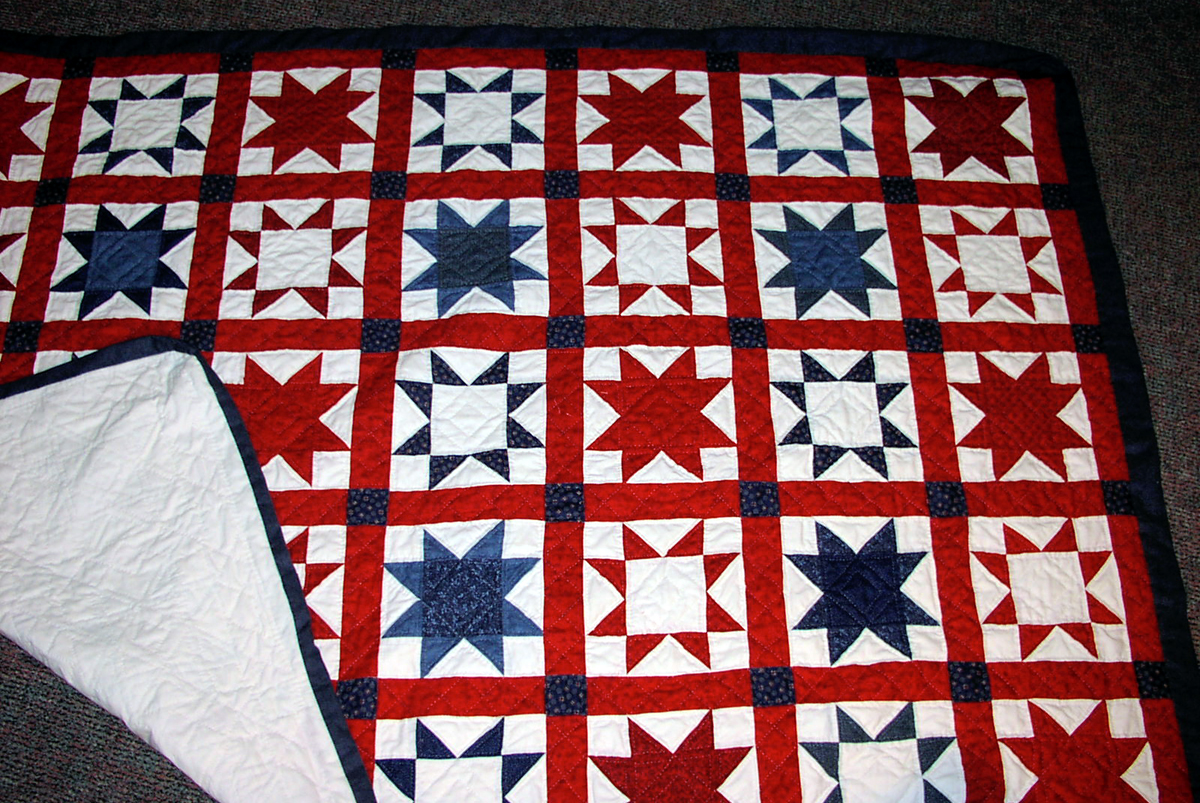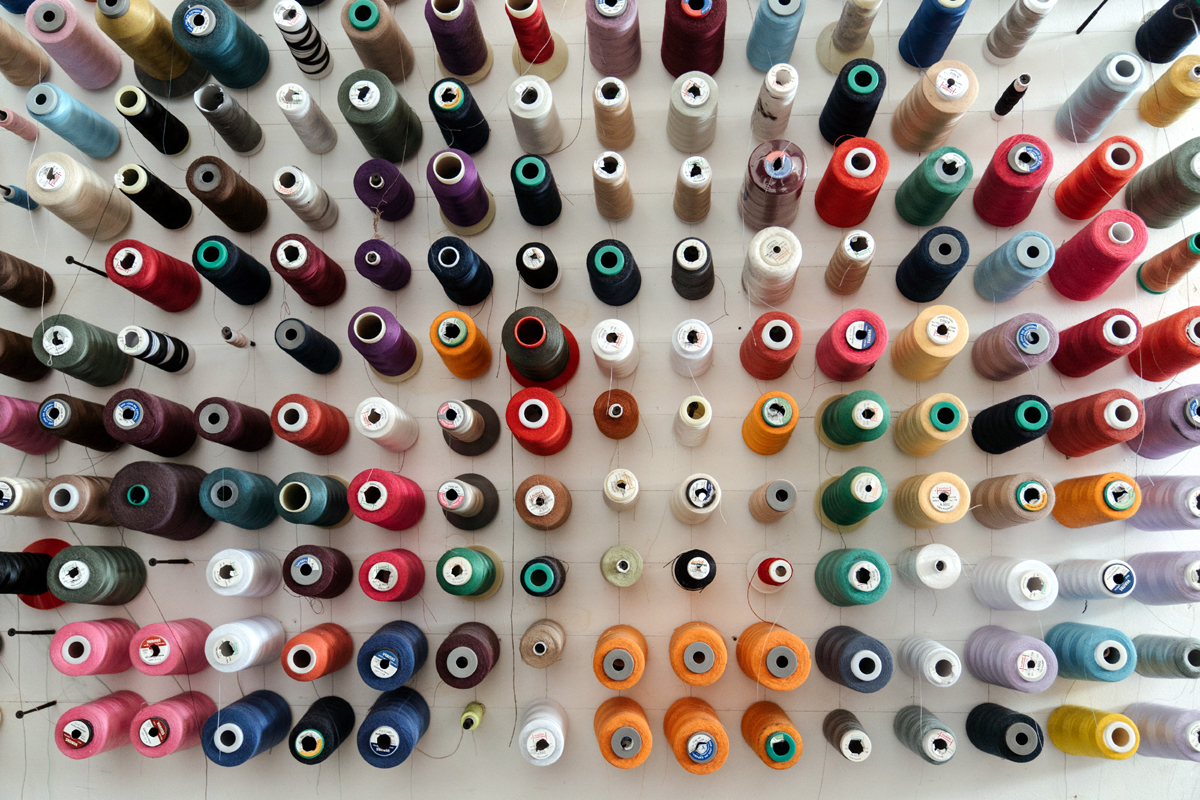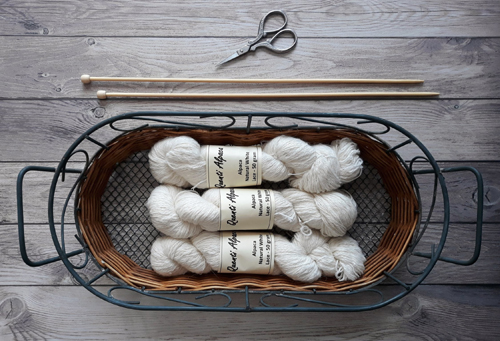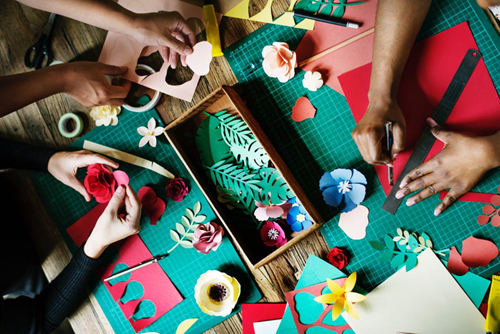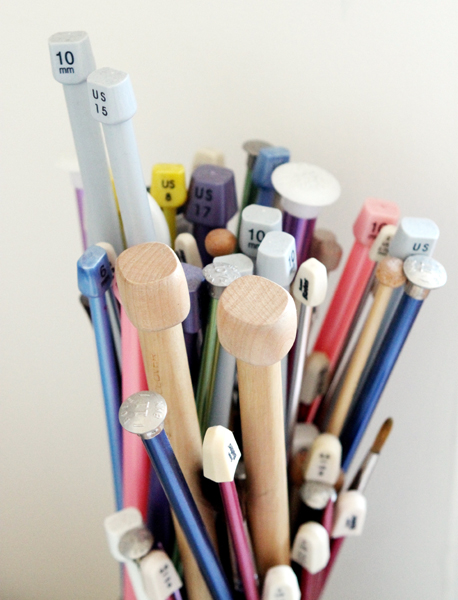Three Basic Stitches for Hand Sewing

Sewing machines help to make sewing faster, but sometimes you need to sew an item by hand, for example, when you are repairing an item. It does take practice to make stitches that are the same length and that go in a straight line, so don’t be discouraged if at first you don’t like the way your stitches look. Keep practicing and you will get the hang of it. To help you get started, here are three basic stitches that you will need to know when sewing by hand.
Backstitch
The backstitch has more strength and will hold better than the running stitch. The reason for this is that your stitches will overlap each other on one side of the fabric. Due to the overlapping stitches, the backstitch will appear different on both sides of the fabric. On one side, the backstitch has many small, even stitches spaced so close together that they look like one continuous line. On the other side, you will notice that the stitches overlap at the ends because the stitches on this side are twice the length as the ones on the other side.
Start with a single piece of thread and knot one end. Start working from the bottom, or wrong side of the fabric and insert the needle. Pull it through until the knot touches the fabric (the knot will be on the bottom). Go over a 1/4 inch and pull the needle through from the top to the bottom. You are then going to go back and insert your needle in the fabric halfway from where you are to the knot where you started – basically you will go back 1/8 of an inch. Pull the needle through. From here you are repeating these stitches: go over a 1/4 inch and pull the needle through the fabric. Go back 1/8 of an inch and pull the needle through. Repeat until you get to the end.
Basting Stitch
The basting stitch is used as a temporary stitch to hold multiple layers together or to gather fabric together instead of using pins or needles to hold the fabric in place. It is much like the running stitch, except that the stitches are much longer.
Start the basting stitch just like you would start the running stitch, except that you won’t form any knots at the end of the thread. First, insert the needle on the wrong side of your fabric and pull it through. Leave a few inches of thread on the wrong side of the fabric and hold in place with your fingers, so that the thread doesn’t come out. This is called the “thread tail”. Then from the right side of the fabric, place your needle halfway through. Angle it so that you can bring the needle back up – it can go over as much as one inch. Pull your needle through, but be sure to hold the thread tail in place so that you don’t pull it out. Repeat the stitch as needed. When you no longer need the basting stitch, simply pull the thread out to remove the stitch.
Running Stitch
The running stitch is used for hemming or repairing clothes, to join fabric together and for topstitching. It is the simplest stitch to learn because the stitch just goes in and out of the fabric. Unlike the backstitch, the running stitch does not double back on any stitches.
Start with a single piece of thread and knot one end. Start working from the wrong side of the fabric. Insert your needle and pull it through. Go over a 1/4 inch and insert the needle halfway. Then angle the needle so that it comes back up through the fabric 1/4 of an inch from where you put the needle in. Pull the needle and thread through. If you find it easier to keep the fabric smooth, you can place the fabric on the table and hold it down with one hand while you pull the needle through with your other hand. Your needle will now be on the right side of the fabric. Repeat this process of placing the needle in and over and then pulling the thread through.
The Author:
Joanne Jones is the owner of Beautiful Creations, an online store featuring original cross stitch patterns designed by Joanne.
Photo. Cottonbro
Source: EA

